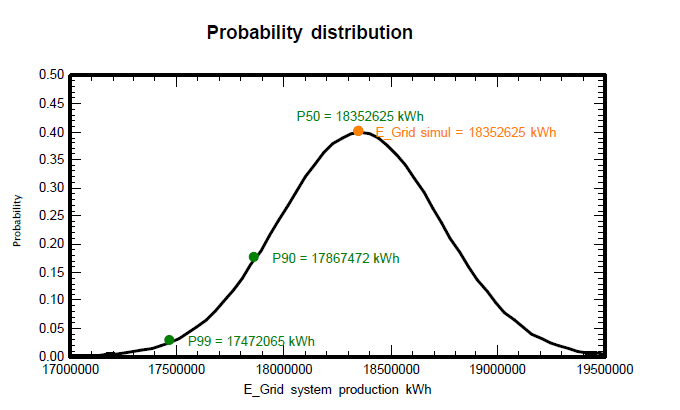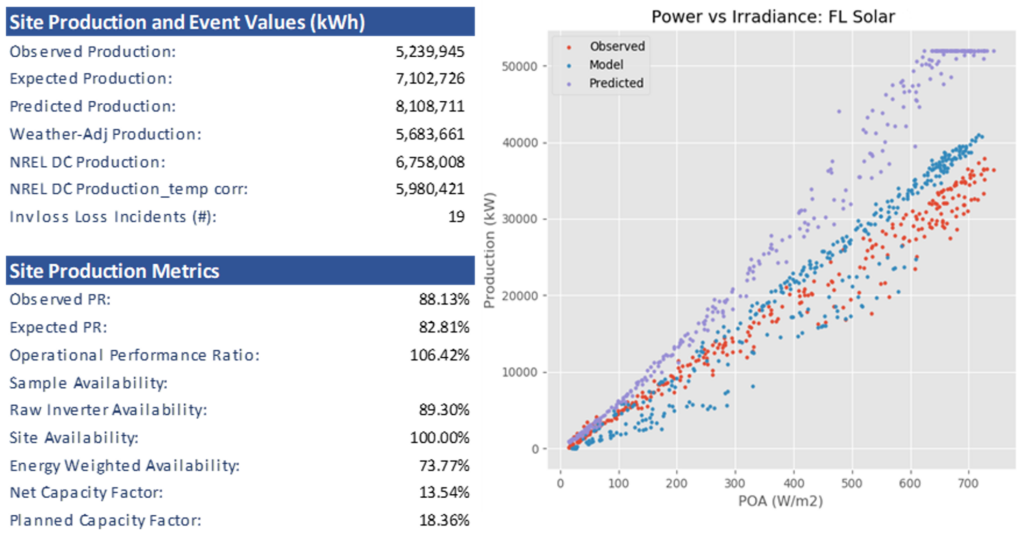Modules can underperform for a variety of environmental and non-environmental factors. With good design and operation practices we can mitigate non-environmental factors. However, we cannot control the environment. We can only predict its behavior, and in turn verify or discount its effect on under-performance.
Why is this important for owners and financiers? Knowing the true risks and not just the average dictated by models will help identify the systems true performance potential, in both the system modeling and monitoring.
What are the main environmental drivers? There are a variety of unique attributes for each environmental factor. To simplify things, lets break it down into two categories:
- Part 1 – The Suns Potential (weather data) – See below
- Part 2 – The Sun’s Availability (Snow, Soiling, & Shade)
Part 1 – The Sun’s potential
“Weather data” as it’s commonly called, can come from a variety of sources (NREL NSRDB, NASA, synthetic Meteonorm, various 3rd party satellite providers such as Solar Anywhere). This is used in a model as the basis for sun potential, and is the biggest contributor to the model’s performance. Many of these weather data files are compiled from various sources, and don’t always correlate directly to recent weather trends perfectly.
We can mitigate risk by understanding the weather confidence in our models. We can do this in 4 ways:
- What does our weather data look like against the historical weather years independent from PVSYST or other modeling tools? By looking at the each years weather independently, we can come up with a statistical confidence that we can adjust the weather data file by for a higher degree of certainty.
Sample Table – 40 years of weather confidence analyzed for an NSRDB TMY data set
- What does the performance look like in PVSYST? PVSYST has built in confidence tools that allow for standard (P50) and higher confidence (P90 – 99) models, calculated from the data provided.
Sample Chart – P50 and P99 confidence
- How do the 2 compare against each other? We can scale our PVSYST model using the P50 & 90 lower confidence from the above table. If our PVSYST is lower than the lower bound calculation, we have a conservative model, if not, we need to adjust for the added uncertainty when planning for long term guaranteed performance.

- How does our actual system performance stack up against the original model? We can take our model Data and through a weather adjusted ratio, compare the actual performance vs the predicted.

Who conducts this complicated test?
Pure Power has an Independent Engineering department that specializes in the running weather assessments, as well as PVSYST and historical assessments.
To reduce risk and save time & money on your next project, reach out to Pure Power at info@purepower.com
.png)
